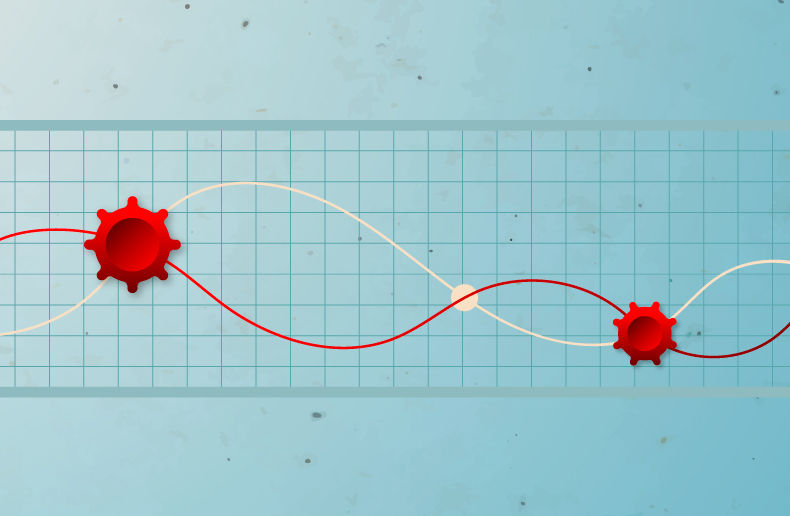Desjardins Insurance has tweaked features of its guaranteed withdrawal benefits product Helios2. The insurer says that market conditions for guaranteed lifetime withdrawal products have evolved favorably, and wants its customers to benefit. The life insurance subsidiary of Desjardins Group stopped selling its version of Helios with fixed-rate guaranteed lifetime withdrawals in April 2012. In February 2014 it introduced a new GLWB contract with bonus rate in variable form, dubbed Helios2. At the time, the rate varied with prevailing long-term interest rates, in a 2.5% to 6% range.
This bracket has now been extended to 8%, retroactive to February 24, 2014. Throughout 2014, Desjardins Insurance is offering a promotion that brings the new bonus rate to 6% for Helios2 – 75/100 with guaranteed lifetime withdrawals. The promotion for new contracts ends on Dec. 20, 2014. For additional deposits, it runs until Dec. 31, 2014. Clients who already hold the contract automatically receive this promotional rate in 2014.
The bonus is based on 10-year Canadian bond rates plus 1.5% (previously 1%). “We launched the variable bonus in February and decided to adjust it because many experts foresee a rise in long-term interest rates. We want to ensure that our clients benefit from these increases,” André Langlois, vice-president Marketing and Product Development, Individual Insurance and Savings at Desjardins Insurance, told The Insurance and Investment Journal in an interview. Langlois points out that guaranteed withdrawals are very interest-rate sensitive.
The insurer also slightly lowered the management expense ratio of funds offered in Helios2. For example, the MER for the conservative fund portfolio was pared from 2.64% to 2.51%, while the MER for the Maximum Growth portfolio dropped from 2.87% to 2.71%. “The smallest decrease is about 0.13%, but for some funds it is approaching 0.30%,” Langlois says. “These decreases appear modest but position us favourably vis-à-vis the competitors.”
Langlois considers these costs appropriate for the guarantees offered and the current capital rules. “We all talk about interest rates in the industry, but volatility remains an equally important issue even if it seems to be lower these days. In 2008 it was enormous, and new regulatory capital standards are now in place, which take into account potential turbulence. Most insurers now have risk hedging programs, in which financial instruments can offset market fluctuations by continuing to offer guaranteed withdrawals at reasonable costs,” he explains.
In contrast, the payout chart is unchanged (see table below). “We could have adjusted it but it is already comparable to those of our competitors,” Langlois points out. “We thought that we could make the product most attractive by letting our clients participate in the market during the accumulation period.”
Desjardins’ rivals in the guaranteed lifetime withdrawal field are Canada Life, Empire Life, Sun Life and Great-West. Others who have left this market are Manulife Financial, Industrial Alliance, SSQ Financial Group, Standard Life (recently acquired by Manulife) and Transamerica Life Canada. Their products succumbed to persistent long-term interest rate and tightening of capital rules.
Helios2 clients can combine two contracts to meet the minimum deposit requirement of $250,000, applicable to Series 7 products. Contract holders can allocate the lump-sum amount between registered and unregistered funds, and contracts with different guarantees. The minimum is now $100,000 for holders with assets of at least $150,000 in their Helios or Helios2 contract.
Another promotion that runs until March 31, 2015 lets clients deposit into a new contract a minimum lump sum of $10,000 rather than $25,000. The insurer also plans to launch a reduced redemption charge (Series 6B) in early 2015. The minimum additional deposit for existing contracts will increase from $100 to $500, according to the comparative chart available in the product information service InsuranceINTEL.






